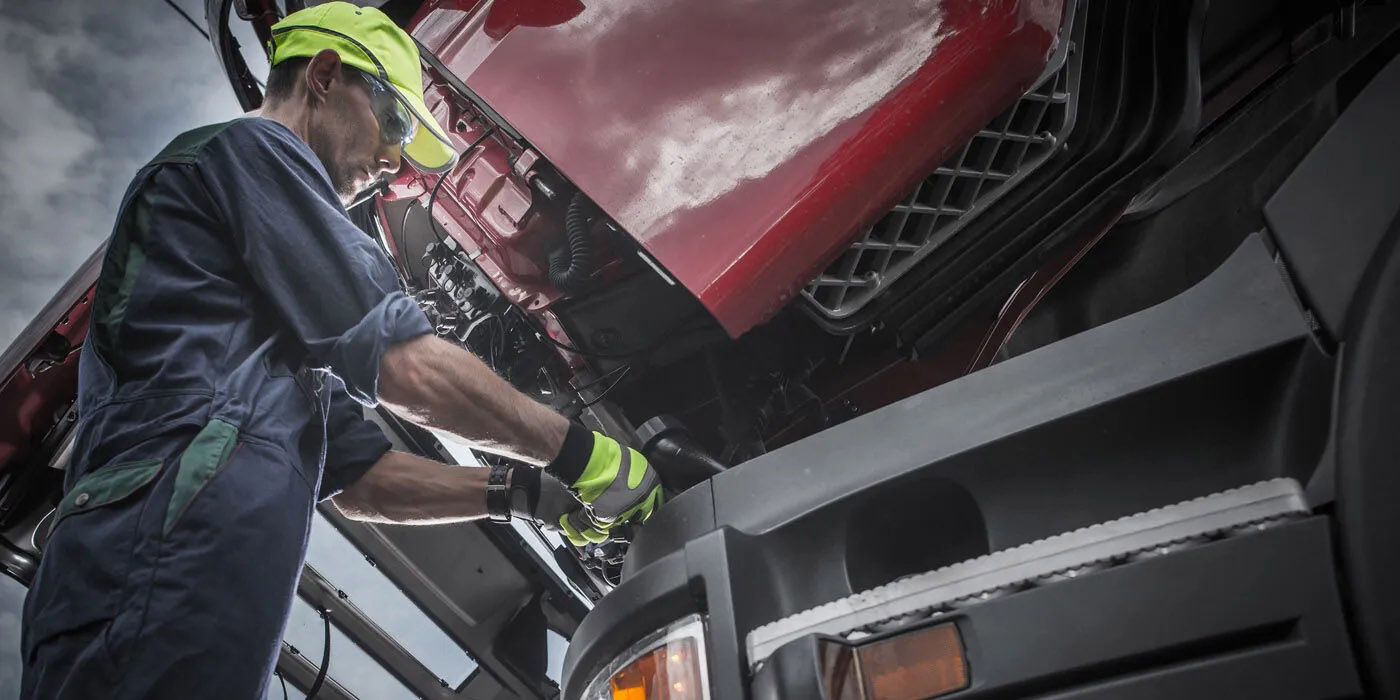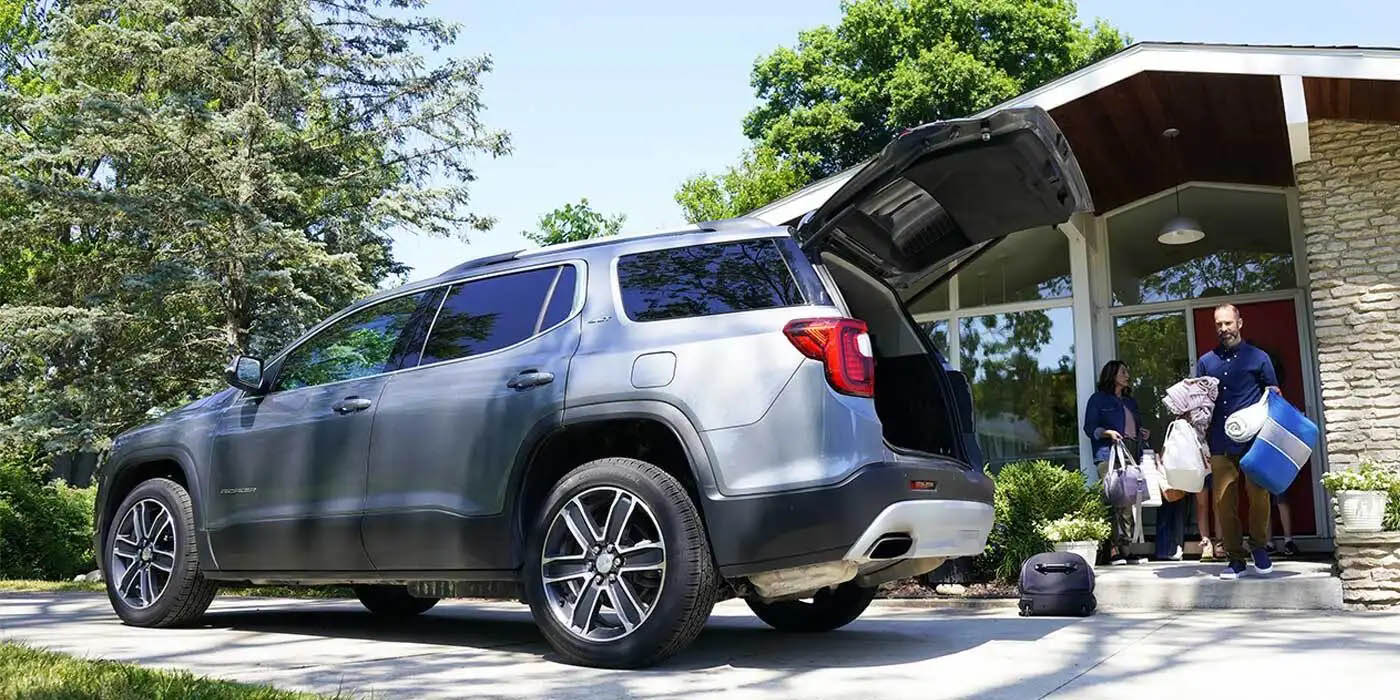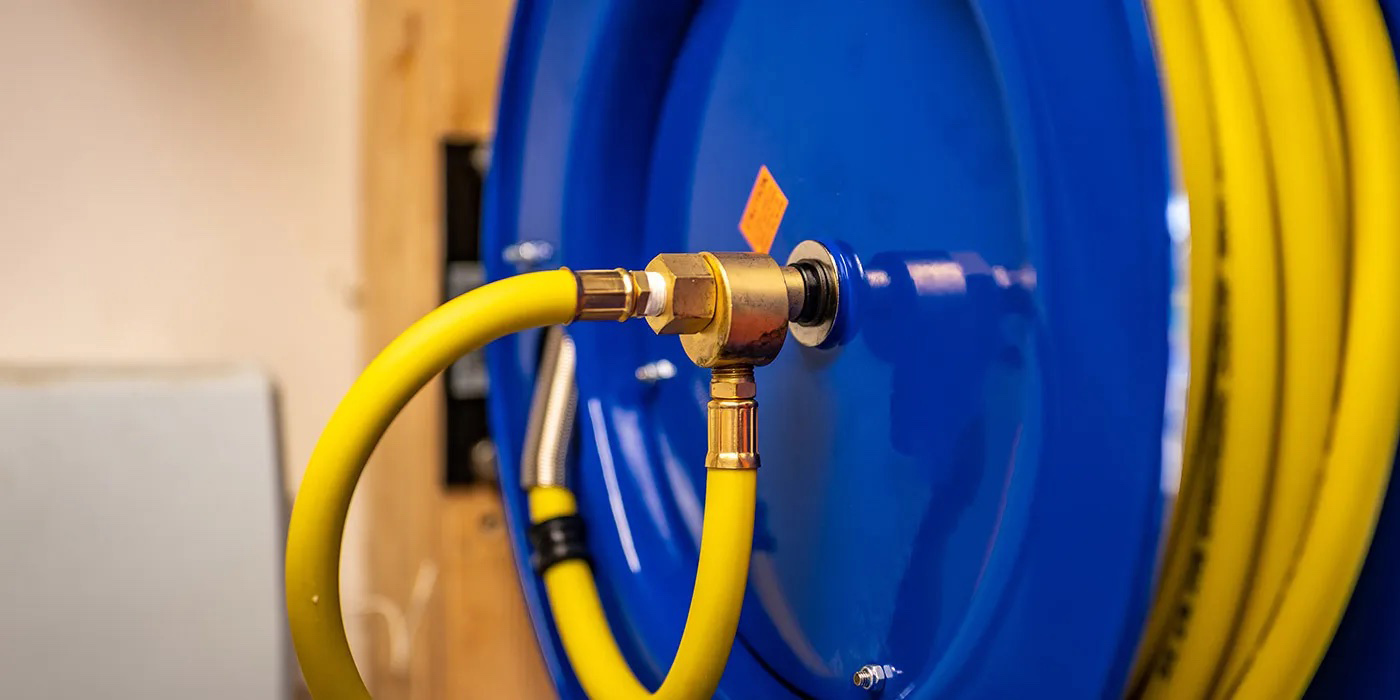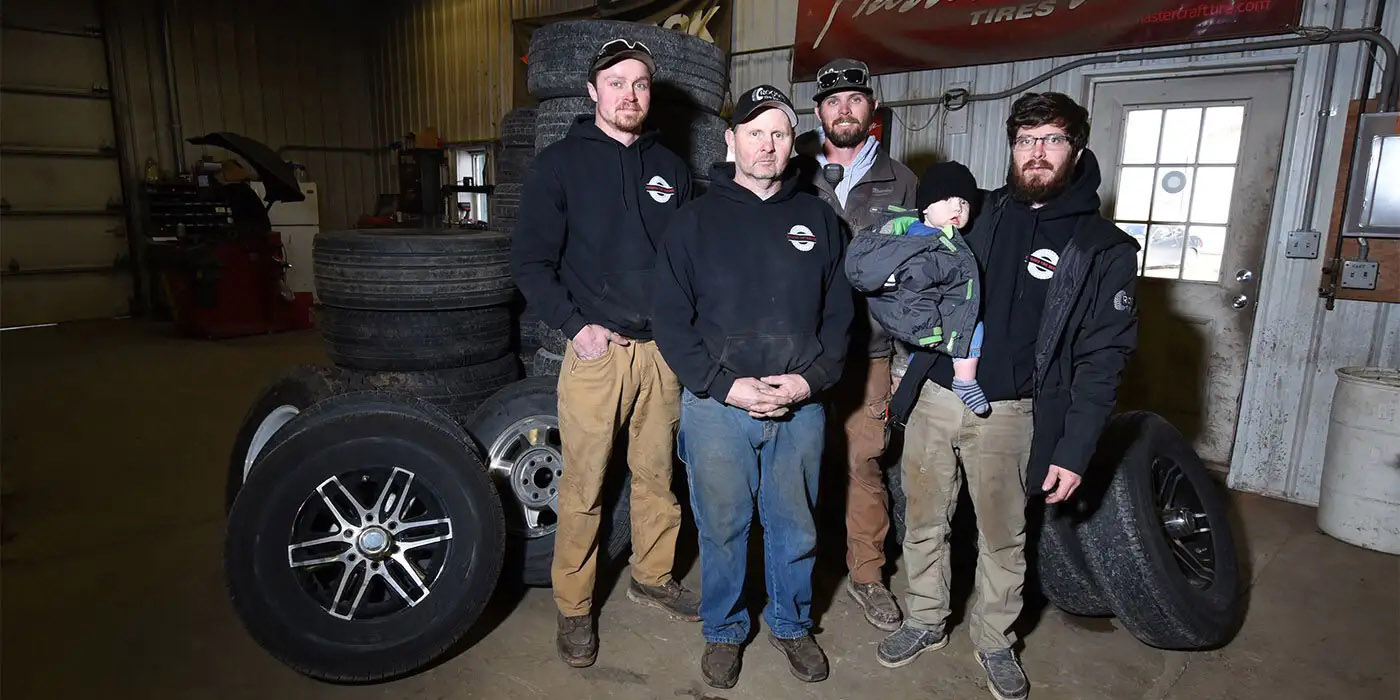There was a time, at least in my experience, when the atmosphere at a repair shop was similar to the local barbershop. It was the social watering hole for the community, where people spent time and developed relationships with the owners and their fellow customers.
Times have changed, and repair facilities interact with their customers differently. Today, most consumers view time without their vehicle as a disruption rather than a chance to socialize at the local repair shop.
Technology has altered customers’ needs and expectations. Our society moves at a faster tempo today and people are constantly connected to their jobs, thanks to email, Skype, text messaging and other forms of digital communication. Consequently, customers place a premium on being able to stay productive while they’re waiting. But there’s a lot more to a world-class customer experience than providing free Wi-Fi.
Communication
A customer’s first impression of the repair shop starts with the appearance and layout as they enter. However, thanks to Yelp, Google and social media, first impressions can happen before they even get there. Once a customer decides where to take their vehicle, the initial connection begins with the first eye contact when the customer approaches the service counter.
Psychologically, the customer is gauging a level of trust and comfort with your business, which affects how they respond when you present them with the diagnosis and repair options. They’re generating an emotional-comfort bond with the person with whom they’re communicating, whether that’s the owner, manager, service advisor or a technician.
Typically, the advisor will gather information about the reason for the repair and document the customer’s concerns. Understanding the customer’s concerns and replicating them through a test drive, walking out to their vehicle and/or providing a detailed explanation is key for shop efficiency as well as customer retention.
Once the customer has had a chance to explain the issue they’re experiencing with their vehicle, there are a number of options for keeping the customer informed during the process of diagnosing and repairing the vehicle.
Some customers prefer the tried and true method of a phone call. But technology also enables shops to update their customers via text messaging, email and even video. A number of technology providers have developed platforms that enable shops to easily show customers what the technician sees – through video and images from the vehicle – which can help shops explain and justify their recommended repairs.
Many customers don’t have the time to stay at the repair facility to wait for their vehicles to be evaluated. Technology enables shops to offer a variety of communication methods based on customers’ preferences and needs.
The Experience
If a customer decides to wait at your facility, that waiting time is an opportunity to build trust and verify they’re aware of some key points in the repair process.
Think back to a time when you’ve accompanied a family member to a doctor’s office or a hospital. Think about how time dragged on and on until a staff member provided an update on the procedure or surgery. Imagine how you would have felt if a nurse consistently kept you informed throughout the process, periodically updating you on the estimated time until completion.
You might approach repair work as if you’re the health care professional and the vehicle is the patient, providing frequent updates to keep the patient’s loved ones at ease. Good communication builds trust and minimizes anxiety.
When the customer chooses to stay at your facility, they expect some level of comfort – even a bit of “pampering.” A clean waiting room with amenities such as coffee/tea, Wi-Fi, TV and customer-only restrooms is essential. Next-generation shops have even begun to add features such as baby-changing stations, children’s play areas, comfortable seating and workstations with power outlets.
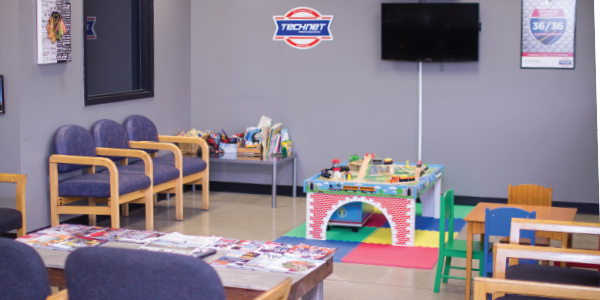
Successful shops design their waiting rooms to make customers feel at home. There’s nothing wrong with having an assortment of magazines – automotive and non-automotive (as long as they’re organized and current). Modern shops also are offering popular hardcover books or they might even have electronic tablets available for customers to use.
If at all possible, the waiting area should be away from the service counter and out of earshot of the repair bays. The last thing people want to hear is the sound of pneumatic tools in the shop – or, worse, details about another customer’s vehicle.
The traditional service counter is evolving from one long counter to pods/workstations where service advisors can have one-on-one conversations with the customer, uninterrupted. Typical counter displays and demonstration tools now are located in a central spot, where service advisors can educate the customer on the recommended repair. Digital menu boards/price boards and videos appear on the walls. Some shops are creating their own videos or utilizing software, such as Virtual Vehicle, to educate customers and help them become better-informed vehicle owners.
Accommodation
As mentioned earlier, many customers can’t miss a beat in their busy lives and can’t wait around for their vehicle. That’s another opportunity to make a lasting impression on your customer. It can be as simple as routinely asking customers, “Are you staying here or do you need a ride to work or home?”
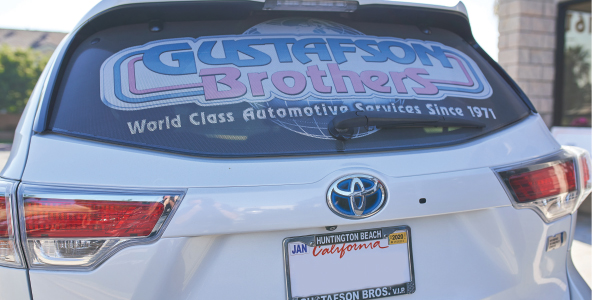
For shops that offer some form of transportation to their customers, we’ve seen an industrywide shift toward free shuttle services. Offering free shuttle rides not only builds customer loyalty but also can serve as a nifty marketing tool. When a shuttle vehicle has the shop’s logo on it, it’s a moving billboard.
Tech Talk
When it comes to the customer experience, technician interaction is an underutilized asset. At Gustafson Brothers in Huntington Beach, California, all technicians have the authority to speak to customers. When technicians are trained to interact with customers, it helps the shop have a personal connection with its clientele. As the person who is closest to the end product, the technician is in a position to have a tremendous amount of influence over the customer.
For technicians, conversing with customers might not come naturally. They take pride in their work, and their focus is on delivering a quality repair. But when technicians have the authority and ability to interact with customers, it benefits everyone. When a technician hands the keys to a customer – and the customer expresses appreciation for a job well-done – both the customer and the technician produce oxytocin, a hormone that makes them feel good.
When a technician shows the customer what was repaired or replaced on the vehicle, it’s an opportunity to educate the customer. By seeing the old parts and learning about the why and how of the repair, the customer is in a better position to explain the repair to their loved ones. The fact that the technician took the time to explain the repair demonstrates that you care, and it solidifies the bond between the shop and the customer.
Parts
Let’s rewind back to the service counter and talk about auto parts. Not all aftermarket auto parts are created equal, and there are few regulations governing how they’re produced or which materials can be used.
For example, in the brake system, the new brake hose has a government-standard burst-pressure rating. However, for the rest of the brake system (for aftermarket parts), there are virtually no requirements for stopping distance, brake-rotor weight or brake-metal tensile strength.
The onus is on aftermarket manufacturers to ensure their parts deliver the same fit, form and function as OE parts. There are varying degrees of quality and engineering capabilities, so ask your parts supplier about how they make parts and who makes them. This isn’t widely known in our industry, which can lead shops to assume that all parts are similar and that price is the only differentiator. These assumptions can result in shops quoting customers the lowest-cost parts to repair their vehicle.
When shops recommend a low-cost part, they might assume they’re doing customers a favor by saving them money. In actuality, though, shops could be sacrificing quality, safety and customer satisfaction, while increasing the risk of poor performance and customer comebacks.
Educating customers on the features and benefits of the parts that you have available at different price points and quality levels goes a long way toward empowering them to make informed decisions – and building a trusting relationship with your customers.
Growth
The experience that each customer has at your shop – and shares with others – can have a big impact on your future business. The internet and social media have given customers a powerful voice to recommend your shop or express their frustration if their experience was disappointing. At the same time, shops now have more ways to market themselves than ever, from YouTube videos to sponsored Facebook posts. The digital age presents a golden opportunity to build your brand and make your shop a destination for vehicle repairs.

Many shops now utilize a customer-referral program by incentivizing current customers to send new customers to the shop. Shops also build brand equity by supporting local charities, sponsoring youth sports teams and helping community organizations. For example, every year on Black Friday, Matt’s Automotive Service in Fargo, North Dakota, shuts down and fixes customers’ vehicles free of charge. Being involved in the community not only leverages your business as a force for good, but it also boosts staff morale and shows customers you care about more than just making money. Plus, even in today’s fast-paced society, people like to be part of a cause. Millennials, in particular, gravitate toward causes and like to be around other people who feel the same.
To grow your business, your shop needs to create a world-class customer experience from start to finish. It starts the moment a customer finds your website or Facebook page and includes the customer’s perception of your shop on the Internet and in the community.
Understanding that the customer, in many cases, views an auto repair as an unplanned expense – which, for them, can be financially and emotionally stressful – shops need to make the repair process as smooth and easy as possible for them. Good communication, a comfortable waiting room and a friendly, well-trained staff always will be important elements of a positive customer experience. Free shuttle service is a value-add that shops are using to minimize the inconvenience for customers. Shops also are leveraging technology to educate and inform customers in powerful new ways.
Putting all of these elements together – consistently – can make the difference between a one-time customer and a customer for life.



